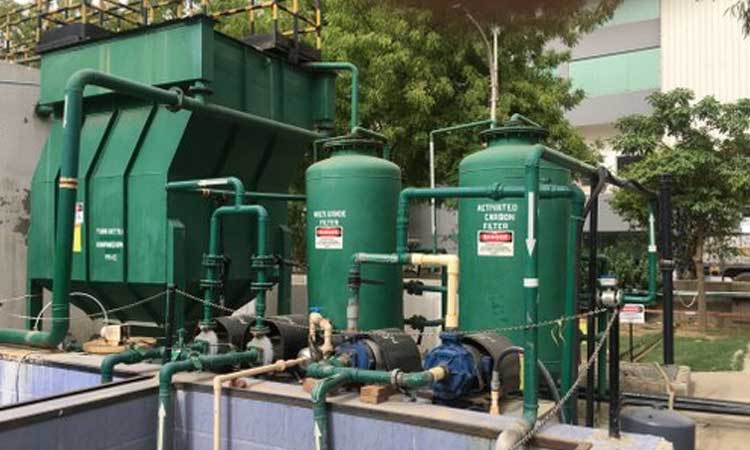
Effluent Treatment Plants Installing in Hotels
This article discusses the need to treat the hotel effluent. The effluent treatment removes harmful contaminants/pollutants from the water used by hotels, thereby converting dirty, polluted, and unhealthy water into clean, safe, and pure water that can meet quality standards. We want you to stick to the reading of the whole article.
Today, there are many hotels and restaurants which contribute substantial amounts of wastewater/effluent. The effluent produced from many hotels is washing utensils, sink basins, restrooms, and many such units. About 70-75% of the hotel waste is biodegradable (like food, vegetable, and non-veg waste) and will get mixed with all other types of non-biodegradable waste (such as suspended solids, oils) when disposed of at a collection spot.
If untreated hotel sewage is discharged into rivers or seas, the water in the rivers or oceans will get contaminated. If this contaminated water is used for drinking, it can cause diseases such as cholera, typhoid, and dysentery, leading to death. The addition of nutrients to water commonly results in the rapid growth of weeds and algae, leading to further loss of oxygen as the plants die and decompose. When effluent is continually discharged to a waterway, the water quality can deteriorate so that most dissolved oxygen is removed.
One who does not touch the stillness within and without will invariably get lost in the movement- Sadhguru.
Hence, treatment of hotel sewage using ETP is essential to reduce the spread of disease-causing pathogenic organisms in the effluent and prevent the pollution of surface and groundwater. Treatment of wastewater is carried out by combining physical, chemical, and biological methods to remove suspended solids, organic matter, and some nutrients from effluent/wastewater.
These are different stages of treating hotel effluent:
Preliminary Treatment: It removes all the coarse solids and other materials from the raw wastewater, preventing damage to subsequent treatment units. It uses comminutors for the breakdown of coarse solids. It may include a grit chamber which the velocity of wastewater reduces will remove that grit, sand, and stones. This treatment also removes desirable amounts of oils and greases. The partially treated wastewater is now subjected to the next level of treatment.
Primary Treatment: It involves a sedimentation tank or primary clarifier where heavier solids settle to the bottom and floatable materials (scum) like oil and grease will rise to the top of the tank and be removed by the skimming process. The effluent from the primary sedimentation tank is referred to as primary effluent or primary sludge. This sludge will be subjected to sludge handling facilities for further processing. This treatment removes about 50-70% of total suspended solids and about 30% biodegradable components.
Secondary Treatment: The major purpose of secondary treatment is to decompose suspended and dissolved organic matter in wastewater using microorganisms. To achieve this, it uses an anaerobic biological treatment process called the activated sludge process. Now the influent is allowed into an aeration tank where it is mixed with microbes. Air is continuously supplied to the aeration tank to increase the growth of microbes, and hence the breakdown of organic matter takes place. When aerated, water flows into secondary clarifiers where heavier particles settle to the bottom, called secondary effluent. It removes about 70-80% of organic solids.
Tertiary Treatment: This level of treatment is also called disinfection treatment. If the treated wastewater from the secondary tank contains residual suspended solids or organic matter, then tertiary treatment uses physical, chemical, or biological processes to remove them. The final cleaning process improves the quality of wastewater before it is discharged into natural watercourses or reused or recycled. It uses some disinfectants like chlorination, UV light, ozone, etc., where UV is the most common disinfectant which kills viruses and bacteria without any residues. Disinfection is an essential step that protects the health of humans and the environment.
The conclusion is that the incorporation of wastewater recycling into hotels policies is essential. Wastewater reuse may help reduce the costs of using freshwater. The use of wastewater has been practiced in many parts of the world for centuries. Hotel managers/proprietors should consider recycling wastewater, including economic and environmental benefits. The Hospitality and Tourism Management Association should agree that all hotels that are being constructed should have a liquid waste (wastewater) treatment plant.
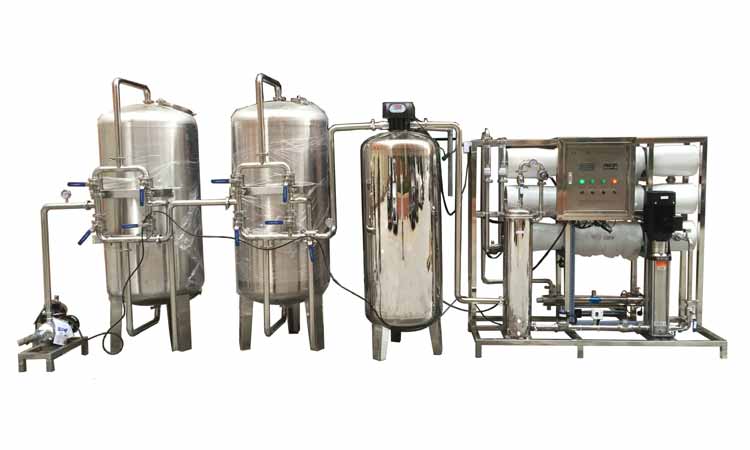
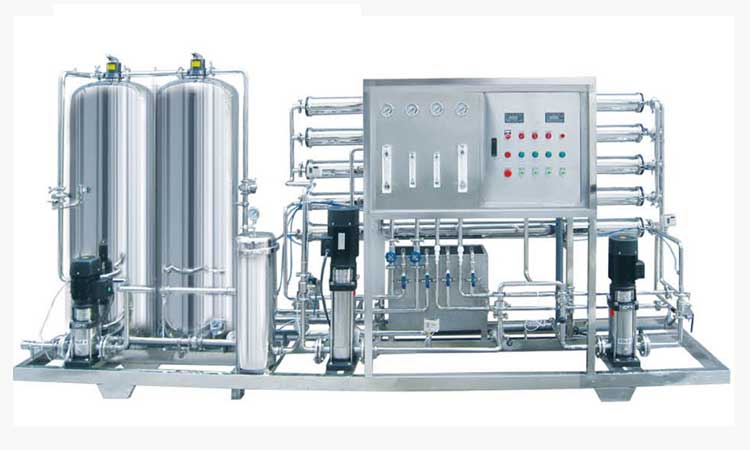
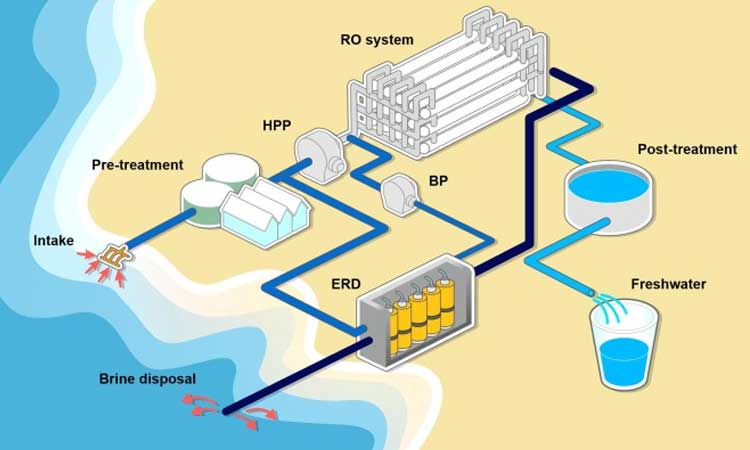
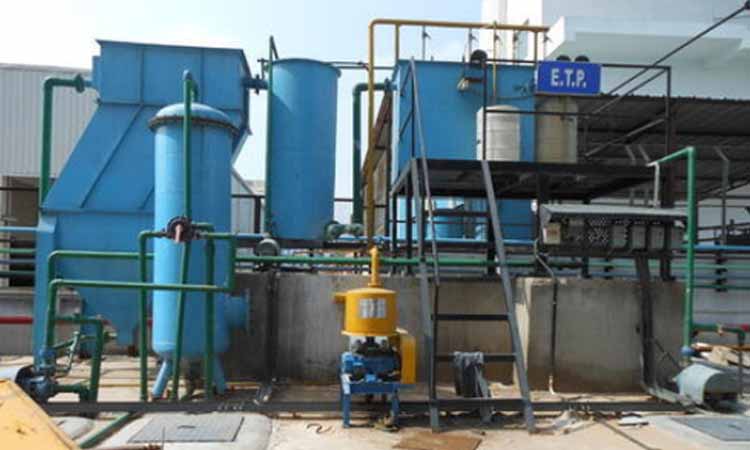
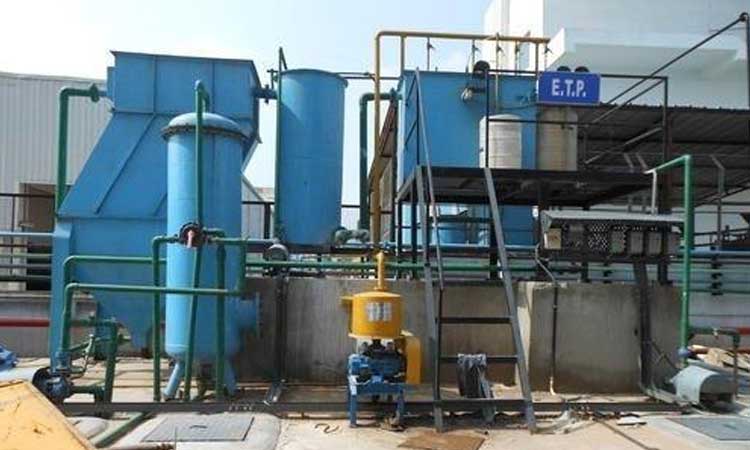
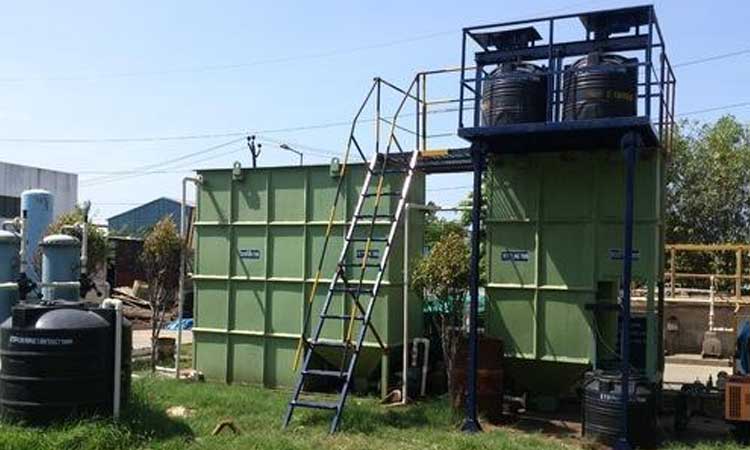


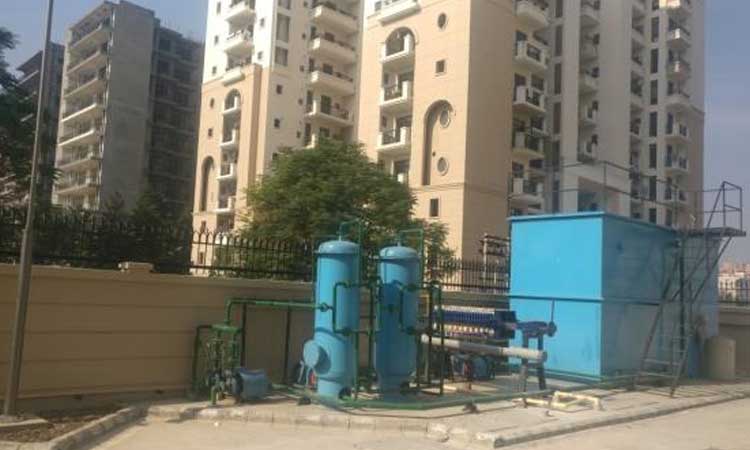
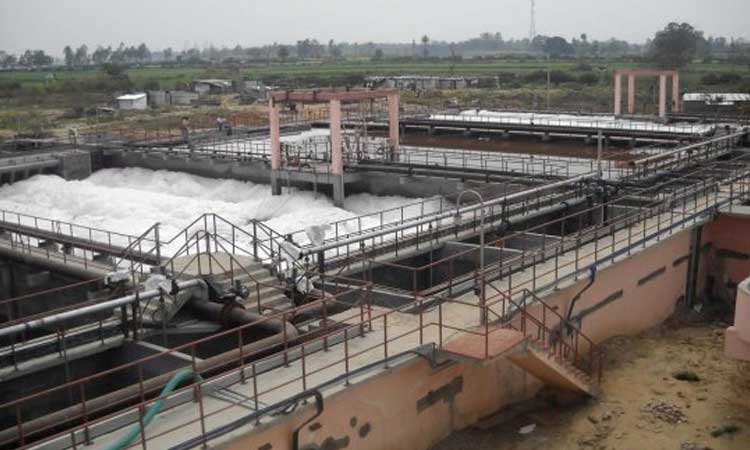
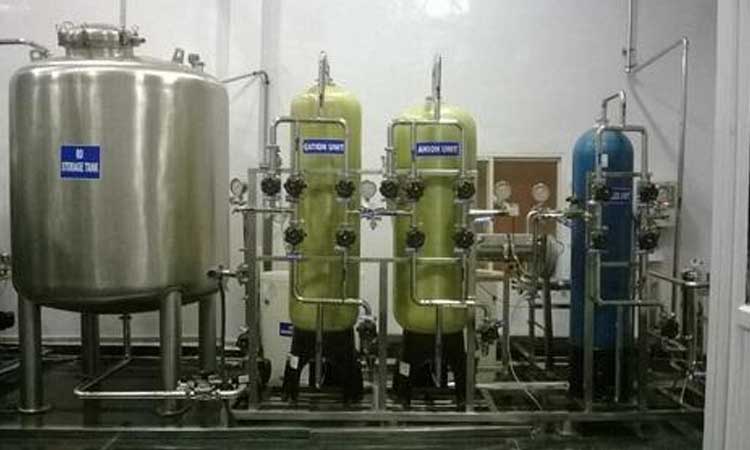

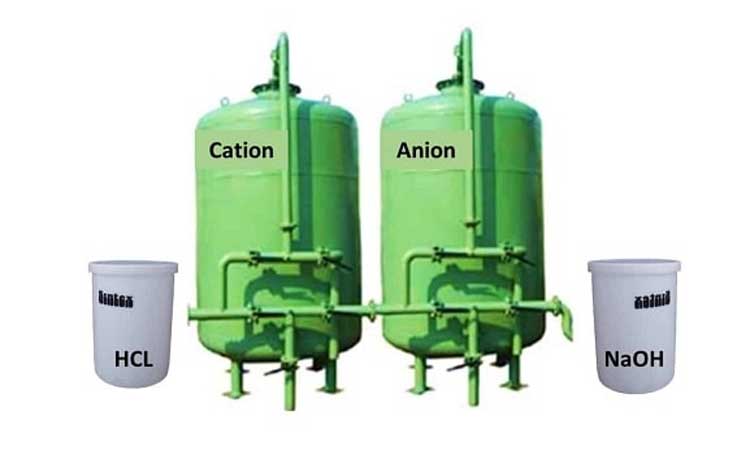

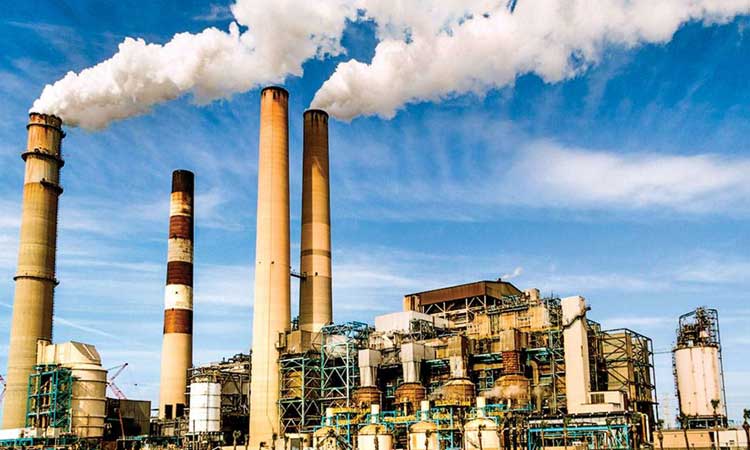
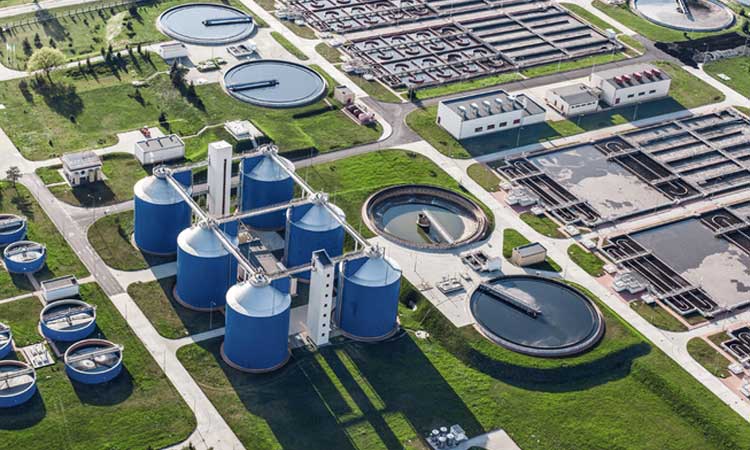

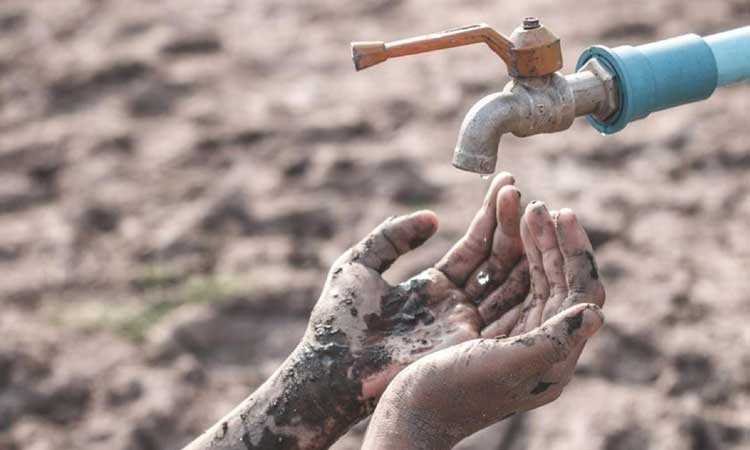
Comments
In the wastewater and fresh water treatment process, it’s always necessary to settle and/or filtrate the fine suspended particles as a part of treatment.
Industries or manufacturing organizations are engaged in the process which eventually through discharge in the water and water become effluent which have no use.
Effluent Treatment Plant usually design to treat wastewater that have certain properties and characteristic that is not acceptable to be discharge in the common drainage.